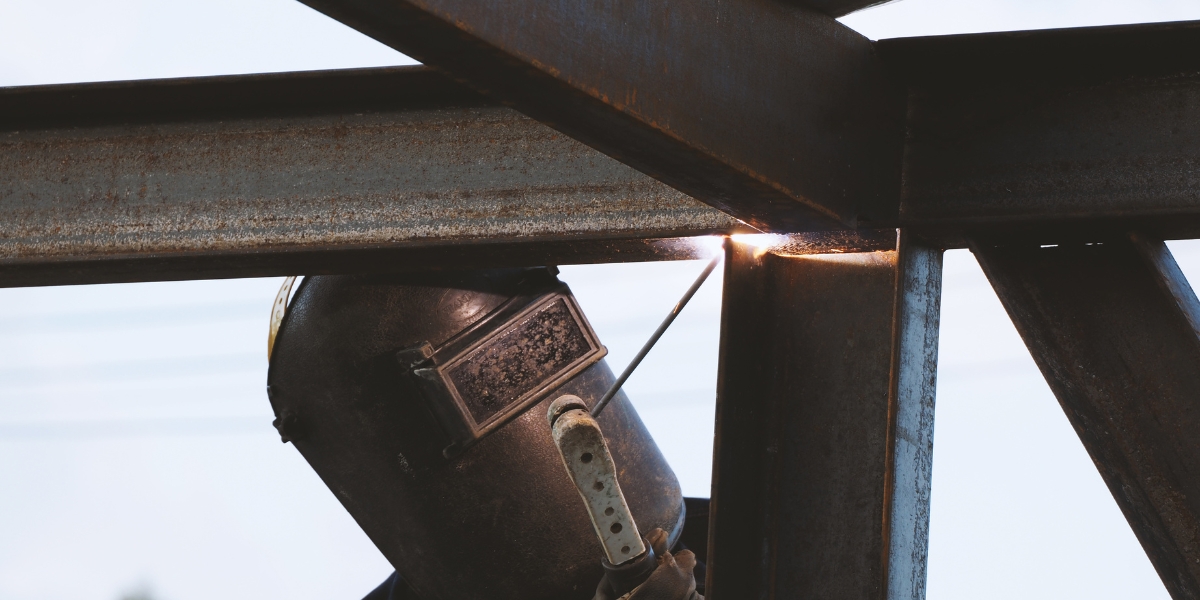Introduction
MIG welding, or Metal Inert Gas welding, has revolutionized the way metal fabrication services are conducted. It is a versatile and user-friendly welding technique that enables both professionals and hobbyists to create strong, durable welds. However, like any equipment, MIG welders require regular maintenance to ensure longevity and optimal performance. This article provides comprehensive MIG welder maintenance tips for longevity and performance, covering everything from routine inspections to complex repairs.
Understanding MIG Welding
What is MIG Welding?
MIG welding is an arc welding process that uses a continuous wire feed as an electrode and an inert gas to shield the weld pool from contamination. This method is favored for its speed and ease of use, making it ideal for various applications in metal fabrication services.
Key Benefits of MIG Welding
Speed: One of the primary advantages of MIG welding is its speed. The continuous wire feed allows for quick completion of projects. Ease of Use: For beginners, MIG welding offers a straightforward learning curve compared to other welding methods like TIG (Tungsten Inert Gas) welding. Versatility: It's effective on thin materials and thicker sections alike, making it suitable for many applications. Less Cleanup Required: Since the process produces less slag than other forms of arc welding, there’s typically less cleanup after the job is done.MIG Welder Maintenance Tips for Longevity and Performance
Regular Inspection of Equipment
Just like cars need regular check-ups, your MIG welder requires consistent inspections to maintain peak performance.
Visual Inspections
Conduct thorough visual inspections before each use:
- Check the power cord for wear and tear. Inspect the gas line for leaks or cracks. Ensure that no debris obstructs the airflow around your welder.
Functional Checks
Perform functional checks regularly:
- Confirm that all knobs and settings function correctly. Test the wire feeding mechanism to ensure smooth operation.
Cleaning Your MIG Welder
Keeping your equipment clean is crucial in maintaining its functionality.

External Cleaning
Use a dry cloth or a soft brush to remove dust and grime from the exterior surfaces. Avoid using harsh chemicals; they can damage sensitive components.
Internal Cleaning
Periodically open up your welder (after disconnecting it) to remove dust buildup inside:
- Use compressed air to blow out dirt from fans, vents, and internal components. Check for any signs of corrosion or wear on wires and connectors.
Proper Storage Practices
How you store your welder impacts its longevity significantly.
Controlled Environment
Store your MIG welder in a dry place where humidity levels are low:
- Avoid damp basements or outdoor sheds that may expose it to moisture.
Covering Equipment
Using protective covers can prevent dust accumulation:
- Invest in a quality cover specifically designed for your model.
Welding Safety Tips When Using Your Welder
Safety should always come first when working with welding equipment.
Understanding Welding Hazards
Welding poses several risks including electric shock, fumes inhalation, and burns. Awareness of these hazards can help you avoid accidents during operation.
Personal Protective Equipment (PPE)
Always wear appropriate PPE:
- Use gloves designed specifically for welding tasks. A good-quality helmet with proper shading will protect against harmful UV rays produced during welding processes.
Ventilation Requirements
Ensure your workspace is well ventilated:
- If you're working indoors, employ exhaust systems or fans to disperse harmful fumes effectively.
Troubleshooting Common Issues in MIG Welders
Sometimes things just don’t go as planned! Here are some common issues you might encounter:
Wire Feeding Problems
If you notice irregularities in wire feeding:
Check if the drive rolls are worn out or dirty. Make sure you're using the correct size wire for your machine specifications.Inconsistent Arc Stability
For inconsistent arcs which can lead to poor quality welds:
- Inspect cable connections; loose connections can cause voltage drops leading to instability.
Choosing Quality Welding Equipment Supplies
Investing in high-quality supplies contributes significantly to the overall performance of your welder:
Selecting Quality Welding Wire
High-quality filler material enhances weld strength:
Look at brands known within metal fabrication service circles. Matching wire type with material being welded ensures compatibility.Choosing Good Electrodes
Electrode quality matters too! Choose reputable suppliers who offer certified products suitable for your specific needs in mobile welding in Phoenix or other locations.
Preventive Maintenance Strategies for Longer Lifespan
Taking proactive measures prevents future breakdowns:
Scheduled Maintenance Checklist
Establish a routine schedule xpress mobile welding that includes: | Task | Frequency | |------|-----------| | Visual Inspection | Weekly | | Internal Cleaning | Monthly | | Functional Testing | Monthly |
Replacement Parts Management
Keep track of parts needing replacement over time such as contact tips and nozzles; timely replacements save costs long-term!
FAQs About MIG Welder Maintenance
How often should I inspect my MIG welder?- Regular inspections should be performed before each use; however, comprehensive checks should occur monthly.
- Always opt for mild cleaners or compressed air; avoid abrasive materials that could scratch surfaces.
- Yes! Worn out contact tips can lead to poor arc stability affecting overall performance during operations like plasma welding or tig welding tasks too!
- Minor repairs are feasible but consult professionals when dealing with major component issues—safety first!
- Keep it in a dry environment covered securely away from moisture exposure—this prolongs its lifespan significantly!
- Essential tools include cleaning brushes tailored for welders, screwdrivers suited for opening units safely plus multimeter devices verifying electrical integrity!
Conclusion
Proper care extends not only the life expectancy but also ensures peak productivity while using your MIG welder effectively across various applications—whether you're engaged in mobile welding in Phoenix or performing intricate tasks requiring TIG techniques! By following these comprehensive MIG Welder Maintenance Tips for Longevity and Performance, you'll be set up not just with reliable equipment but also peace-of-mind knowing you're ready tackle any project ahead effortlessly! Remember—it’s all about consistency when preserving power within those machines!